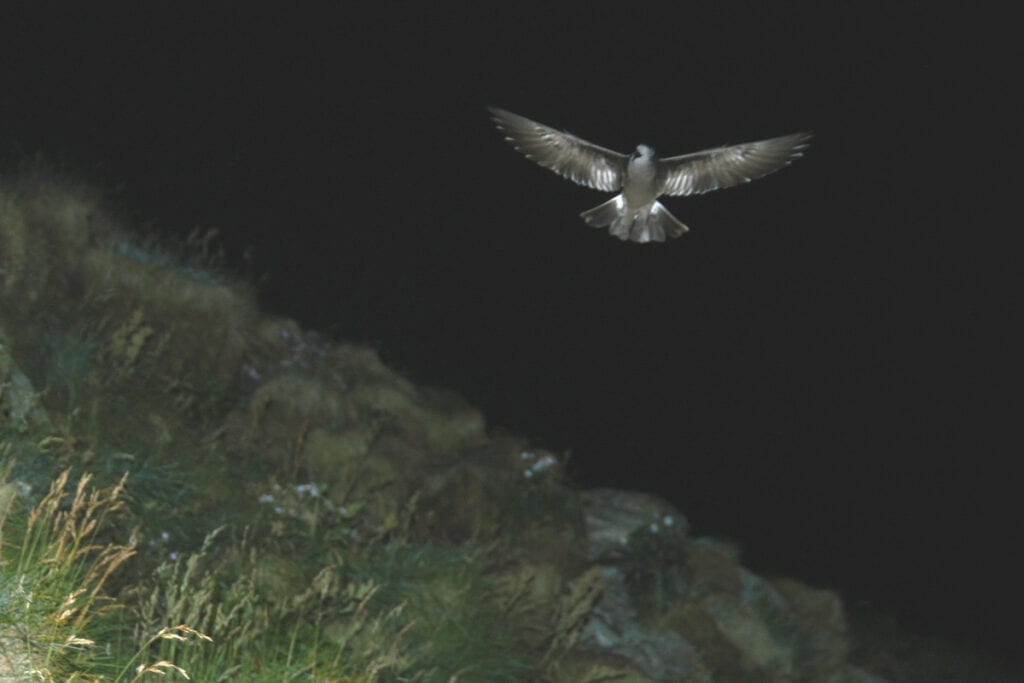Unusual evolutionary development in Leach’s storm petrels
The genetic relationships between different populations of what was formerly known to belong to the species Leach’s storm petrel have been complicated for a long time. Researchers have now compared DNA from nearly 300 individuals from a large number of colonies in the Atlantic and Pacific Oceans. It turns out that populations within this species complex have developed differences due to both physical and non-physical barriers. On an island in the Pacific, two genetically different species have probably arisen due to contrasting breeding phenology.
Since birds have the ability to move over large areas relatively quickly, we tend to consider vast areas of land and ice as real barriers for gene flow between populations of the same species. But other factors may also keep populations separated and lead to unequal development. The birds may, for example, be distributed in different areas outside the breeding season, breed at different times of the year or have a high degree of natal philopatry.
The taxonomy of the pelagic seabird Leach’s storm petrel (Hydrobates leucorhoa), and especially its division into several species/subspecies, has been debated for a long time. Today, two populations that breed at different times of the year on the island of Guadalupe on the northwest coast of Mexico are considered two different species – H. socorroensis, breeding in the summer, and H. cheimomnestes, breeding in the winter. It has been claimed that these two species arose as genetic divergencies from the nominate subspecies H. l. leucorhoa that breeds in the North Atlantic and North Pacific. A recently published study of genetic material from 283 Leach’s storm petrels in 17 colonies throughout the distribution area of the species now gives a more solid base for deriving the evolutionary development of the Leach’s storm petrels and understanding how some of the different species and subspecies have come to being.
Read the article:

Photo: Tycho Anker-Nilssen
Among other things, the researchers found weak, but significant genetic differences between Atlantic and Pacific populations of the subspecies H. l. leucorhoa. This widely distributed subspecies clearly differed from the subspecies H. l. chapmani that breeds only on a few islands on the northwest coast of Mexico. Both these subspecies were genetically different from the two species on the nearby island of Guadalupe, H. socorroensis and H. cheimomnestes, which also differed significantly from one another. The results indicate that the two species on Guadalupe are so-called sister taxa, and the study shows how the Leach’s storm-petrel species complex exemplifies that non-physical barriers for gene flow may be more important for diverging evolutionary development among birds than purely physical obstacles.
Contact person: Tycho Anker-Nilssen, NINA